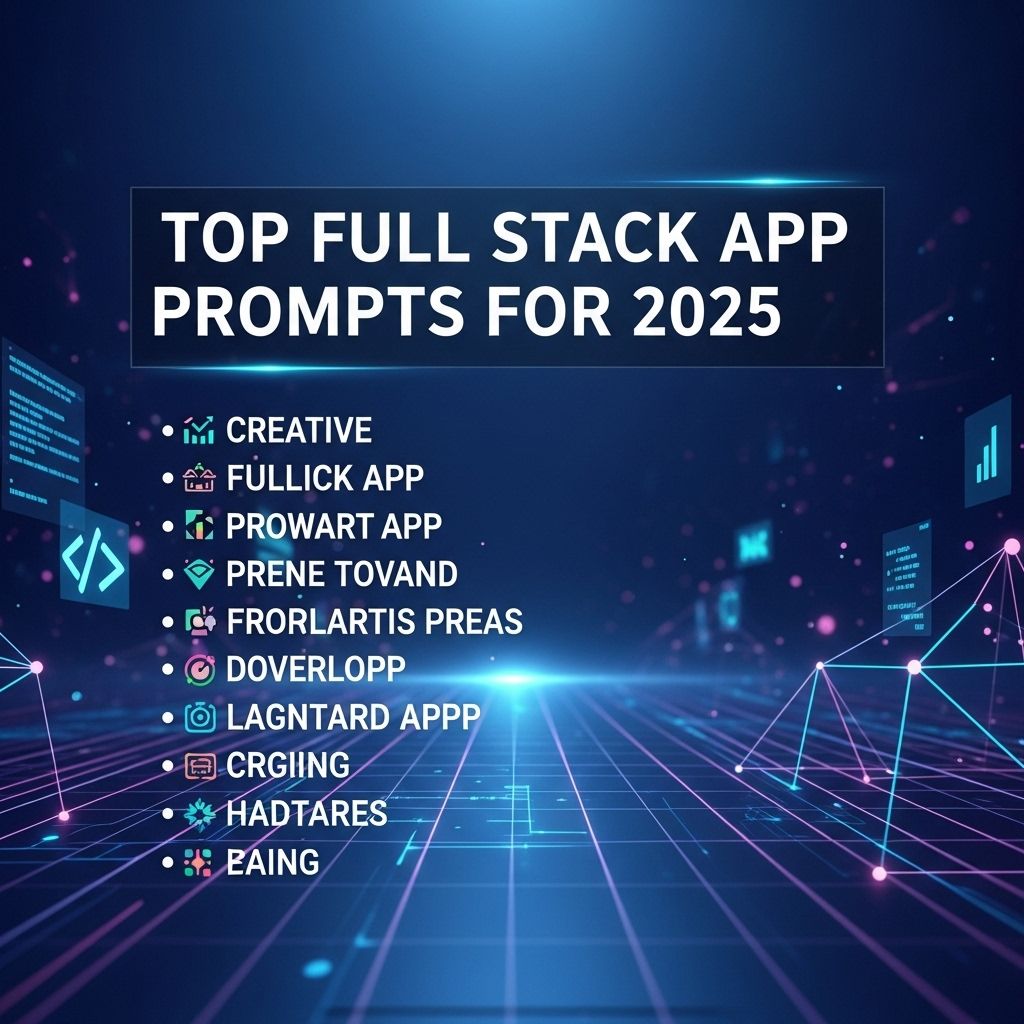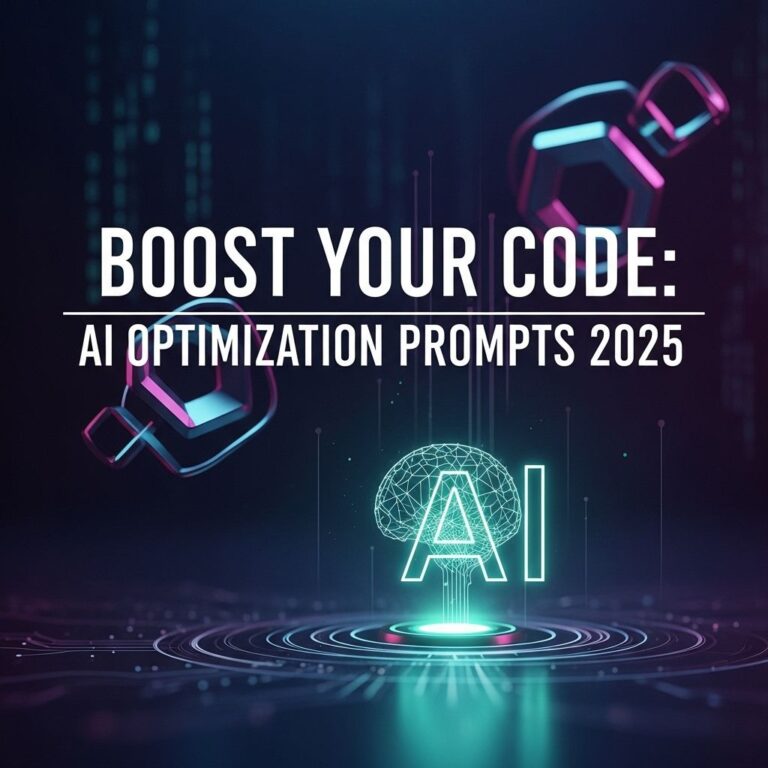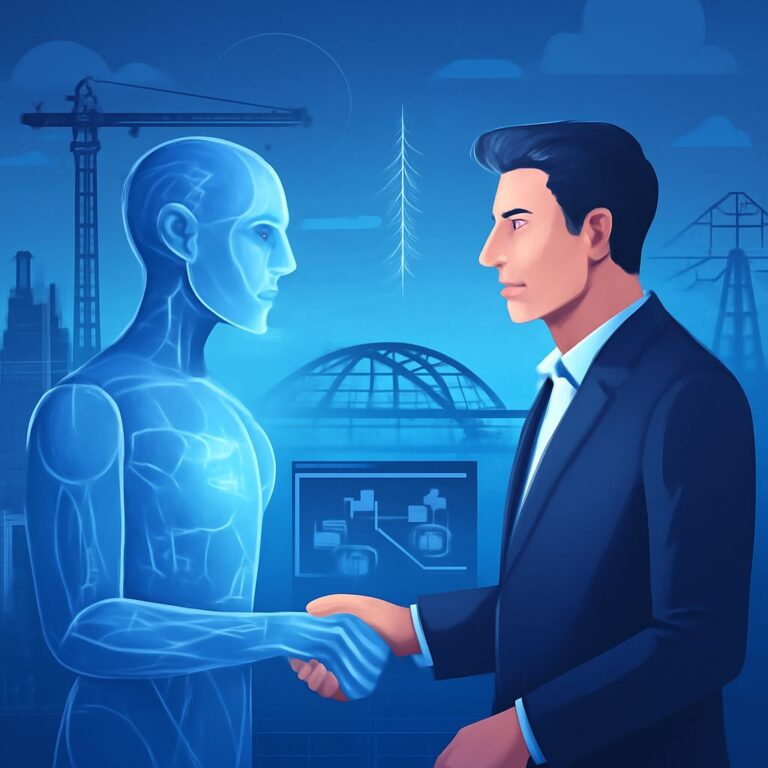As we move deeper into the technological landscape of 2025, full stack development continues to evolve, presenting new challenges and opportunities for developers. With the rise of AI, cloud computing, and responsive design, there’s a stronger need for applications that can seamlessly integrate multiple technologies. In this article, we explore innovative app ideas that can inspire full stack developers looking to make a mark in this fast-paced environment.
Table of Contents
Understanding Full Stack Development
Full stack development encompasses both front-end and back-end development, allowing a developer to manage the entire process of creating a web application. This includes:
- Front-end: The part of the application that users interact with, typically built using HTML, CSS, and JavaScript frameworks like React or Angular.
- Back-end: The server-side of the application, where the business logic, database interactions, and server configurations occur, often using languages like Node.js, Python, or Ruby.
- Database Management: Handling data storage and retrieval using SQL (like PostgreSQL or MySQL) or NoSQL (like MongoDB) solutions.
App Ideas for 2025
In 2025, the landscape of application development will be shaped significantly by advancements in technology. Here are some visionary app prompts that developers can consider:
1. AI-Powered Personal Health Assistant
With AI making significant strides, a personal health assistant could analyze user data, suggest workouts, monitor health metrics, and even schedule doctor appointments.
Key Features:
- Integration with wearable health technology.
- Personalized workout and nutrition plans.
- Real-time health monitoring and alerts.
2. Decentralized Finance (DeFi) Management Platform
As the world moves towards decentralized finance, an app that allows users to manage their crypto assets, yield farming, and liquidity pools could gain traction.
Key Features:
- User-friendly interface for tracking multiple wallets.
- Real-time analytics and performance tracking.
- Integration with DeFi protocols and exchanges.
3. Smart Home Automation Hub
With the Internet of Things (IoT) growing, a centralized platform that connects various smart devices, allows for voice commands, and schedules routines could be incredibly useful.
Key Features:
- Compatibility with major IoT devices.
- Custom automation routines based on user habits.
- Secure remote access and control.
Trends Influencing Application Development
Several trends are shaping the way developers approach full stack application creation:
1. Increased Focus on User Experience (UX)
Designing applications with the end-user in mind is crucial. This involves:
- Conducting user research to understand behaviors.
- Creating intuitive navigation and interfaces.
- Implementing responsive designs that work across devices.
2. Emphasis on Data Privacy and Security
With data breaches becoming more common, developers need to prioritize security:
- Implement encryption for data at rest and in transit.
- Regularly update dependencies to patch vulnerabilities.
- Adopt practices like secure coding and routine security audits.
3. Adoption of Progressive Web Apps (PWAs)
PWAs offer a blend of web and mobile app experiences, allowing for offline access and push notifications. Key advantages include:
- Increased engagement due to app-like functionality.
- Reduced development costs since one codebase serves multiple platforms.
- Improved user retention with seamless updates.
Tools and Technologies to Consider
The right tools can dramatically boost productivity and efficiency in full stack development. Here are some key technologies:
1. JavaScript Frameworks
Frameworks like React, Angular, and Vue.js are essential for building dynamic front-ends.
2. Back-End Solutions
Technologies such as Node.js, Django, and Ruby on Rails provide robust back-end support.
3. Database Technologies
Familiarity with both SQL and NoSQL databases is crucial. Consider:
| Database Type | Examples | Use Cases |
|---|---|---|
| SQL | PostgreSQL, MySQL | Applications requiring complex queries and transactions. |
| NoSQL | MongoDB, CouchDB | Scalable applications needing flexibility in data structure. |
Conclusion
The future of full stack app development in 2025 holds exciting possibilities. By embracing emerging technologies and concepts, developers can create innovative solutions that meet the needs of users in a rapidly changing world. Whether it’s through enhanced UX, leveraging AI, or ensuring robust security measures, the opportunities are vast. As you consider these app prompts, stay curious, keep learning, and don’t hesitate to explore beyond conventional boundaries.
FAQ
What are the best full stack app ideas for 2025?
Top full stack app ideas for 2025 include AI-powered health trackers, remote work collaboration tools, and personalized learning platforms.
How can I choose a technology stack for my full stack app in 2025?
Choosing a technology stack in 2025 involves considering factors like scalability, community support, and the specific needs of your application, with popular choices including MERN and JAMstack.
What skills are essential for full stack developers in 2025?
Essential skills for full stack developers in 2025 include proficiency in JavaScript frameworks, familiarity with cloud services, and a strong understanding of cybersecurity practices.
How can I monetize my full stack application in 2025?
Monetization strategies for full stack applications in 2025 can include subscription models, ads, and freemium features that enhance user experience.
What role will AI play in full stack development by 2025?
By 2025, AI is expected to play a significant role in full stack development, enhancing user experience through personalization, automating coding tasks, and improving data analytics.








